
The received wisdom is that Team Fortress 2 has changed, and not for the better. The argument, often made by former players, is that everything Valve has added to the game over the last 13 years—the hats, the achievements, the jars of human urine—has diluted the spirit of what TF2 once was. I’ve fallen into the same trap myself over the years, bemoaning that the game I once loved no longer exists.
It would be absurd to suggest that Team Fortress 2 hasn’t changed; it was arguably the poster child for games-as-a-service design. It’s evident in everything from the menus to the way you start a match. Nevertheless, returning after years away, I’m struck by how much of the core appeal remains. There is more now: More maps, more weapons, more customization options, more effects. Sometimes there are lasers. Sometimes you’ll be drenched in milk. In a handful of ways, though, this is still the TF2 that became one of the most influential online shooters of the 21st century so far.
Load into a match, and you’ll still get teammates in your home spawn accusing every player of being a Spy. You’ll still get intractable 2Fort stalemates, as players abandon the objective in favor of an endless deathmatch. You’ll still get sniper wars and W+M1 Pyros. Most importantly, you’ll still get the clarity of purpose and personality of its nine classes, who retain their role and at-a-glance design, even as their arsenals and accoutrements have grown over so many updates.
CLASS ACT
This story is from the {{IssueName}} edition of {{MagazineName}}.
Start your 7-day Magzter GOLD free trial to access thousands of curated premium stories, and 9,000+ magazines and newspapers.
Already a subscriber ? Sign In
This story is from the {{IssueName}} edition of {{MagazineName}}.
Start your 7-day Magzter GOLD free trial to access thousands of curated premium stories, and 9,000+ magazines and newspapers.
Already a subscriber? Sign In
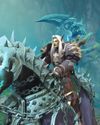
"The War Within itself has kept me coming back most evenings too"
WORLD OF WARCRAFT remains my jailer, and I couldn't be more pleased about it
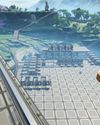
OK BUILDER
SATISFACTORY is the new titan in building and crafting games

HELL YES
DIABLO IV: VESSEL OF HATRED is a transformative expansion
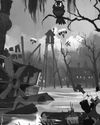
MOUSE: PI FOR HIRE
This mouse wants to be more than just a gimmick
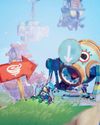
WINDBLOWN
Dead Cells dev's new roguelike has me afraid for my free time
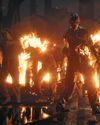
NO MORE ROOM IN HELL 2
As the zombie horde surrounded me just moments after taking down my two remaining teammates, the writing was really on the wall. Armed with just a chef's knife, it was clear I stood no chance, but I was going down swinging, hoping for a miracle... it didn't come.

OWNED BY STEAM
VALVE cordially reminds you that your games aren't yours

CURSE OF THE AZURE BONDS
These classic games haven't aged badly, but I sure have.
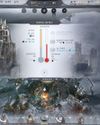
DEEP FREEZE
Endure a blizzard of tough choices and rough consequences in FROSTPUNK 2
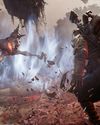
NEW HORIZONS
Building up REMNANT 2 outside the live service game grinder